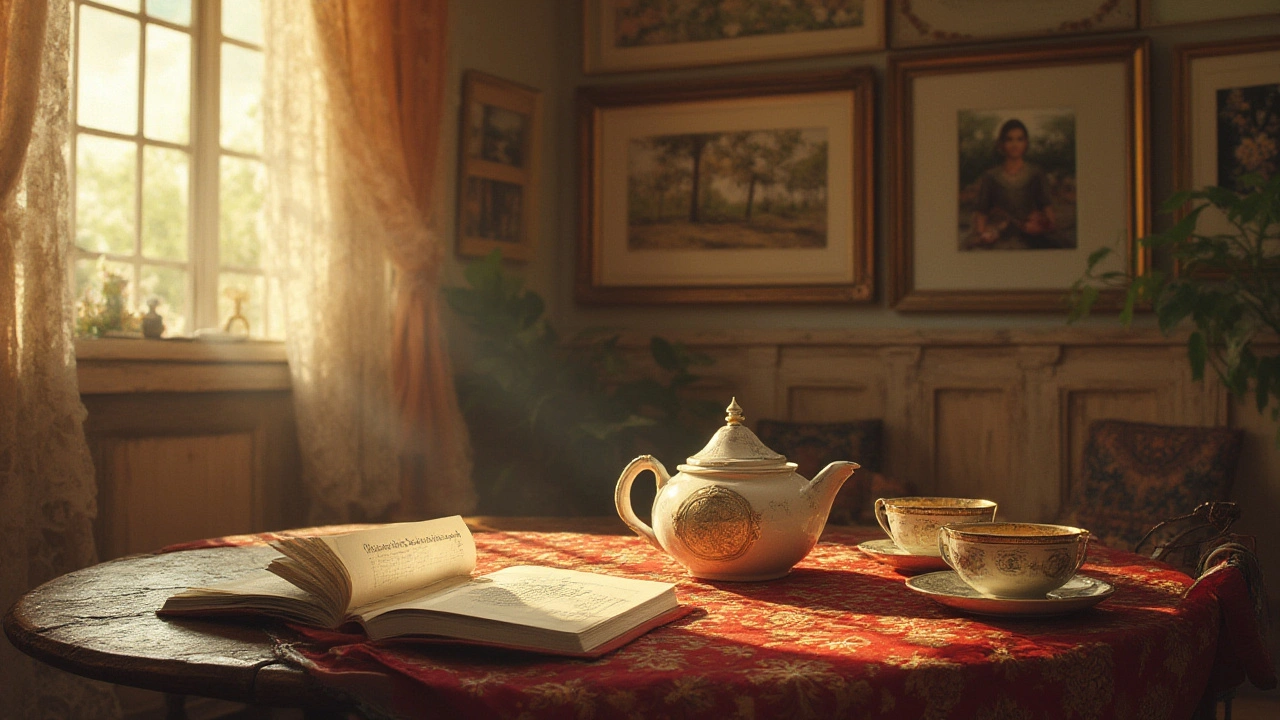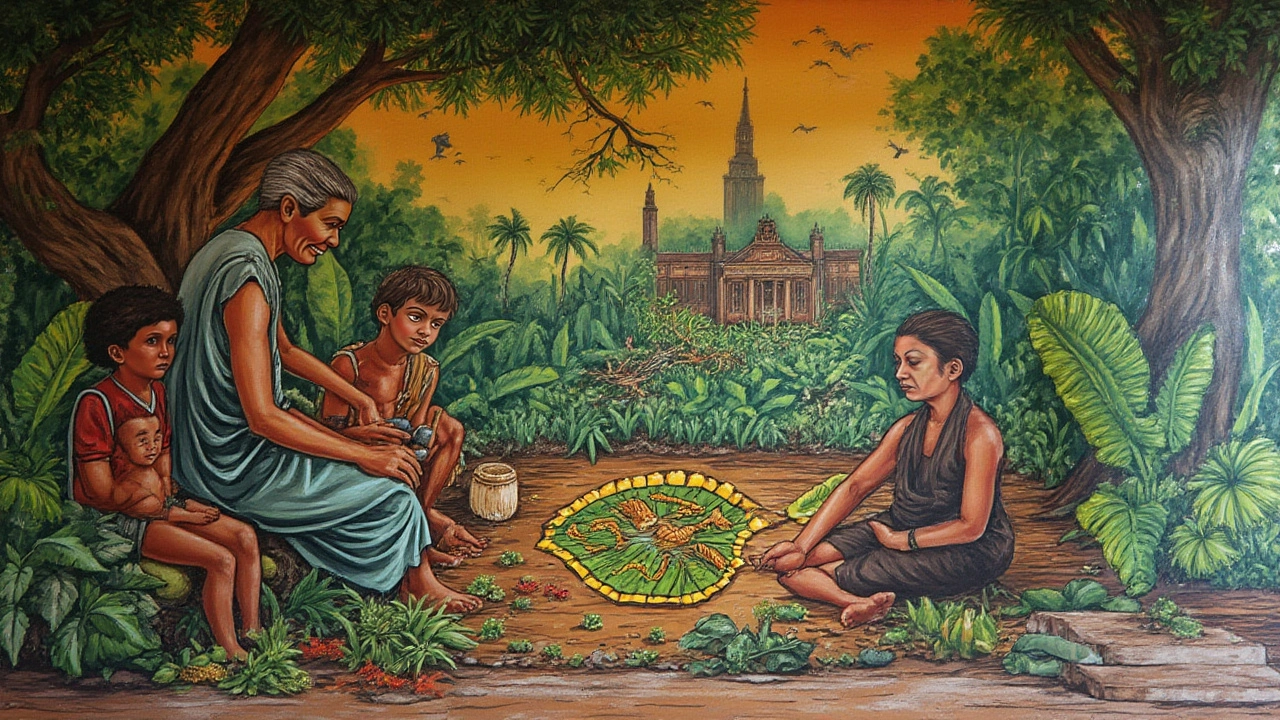Hilot Massage: Unlocking the Healing Secrets of Filipino Therapeutic Massage

Ever wondered why some healing traditions can do so much with just bare hands and instinct? Hilot, the traditional Filipino massage, isn’t just a soothing spa treatment—it’s a whole philosophy of balance, intuition, and deep-rooted connection. In the Philippines, hilot isn’t just a wellness trend; it’s intertwined with daily life, family, and the way people think about sickness and health. Whether you’re dealing with aches from training, stress knots from the office grind, or looking for a therapy that actually listens to your body’s story, hilot stands out as one of the world’s oldest approaches—still thriving for good reason.
The Ancient Roots and Cultural Meaning of Hilot
This practice goes back way before the Spanish reached the Philippines in the 1500s. Historians can’t pin down when it started, but stories and old records show babaylans—shamans, usually women or revered elders—offered hilot as part of their healing toolkit. Back then, it wasn’t just about physical pain. Babaylans considered the mind, spirit, and even the land under your feet. If someone felt off, they’d say their ‘life force’ was out of balance. Hilot was used not only to ease childbirth or sprains but also to chase away bad luck, grief, or nightmares.
Even now in 2025, hilot is a source of pride in Filipino culture. It survived hundreds of years despite colonization, western medicine, and modernization. In many villages and city neighborhoods, you’ll find elders—called manghihilot—still trusted more than doctors for all sorts of aches, from sprained ankles to mysterious back pain. In fact, a survey in Metro Manila in 2022 showed that about 30% of families have gone to a hilot practitioner for at least one health problem in the past year.
The core of hilot isn’t just the strokes; it’s the belief that each body is unique and that even your emotional history leaves fingerprints in muscle and bone. No two sessions are exactly the same. The manghihilot listens, feels for hot or cold spots, and adapts—the sort of personal attention you rarely get in a typical spa setting.
One fun fact: hilot isn’t only for humans. In the provinces, healers use hilot on farm animals, too. People trust hilot to tend a carabao’s muscle strain, a dog’s limp, or a cow’s birthing pains, strengthening the idea that this isn’t just massage—it’s folk wisdom.
Techniques: What Happens During a Hilot Session?
So, what does a hilot practitioner actually do? Don’t expect fancy oils, serene spa music, or strict routines. Every session is different, tailored to you. Traditional sessions begin with a chat—sometimes it feels more like a confession. Don’t be surprised if the manghihilot asks about your dreams, recent stress, or even your last meal. They’re reading between the lines, sizing up your physical and emotional state.
Most hilot treatments use coconut oil (straight from the supermarket, or sometimes handmade), banana leaves, and bare hands. The touch can be gentle or surprisingly strong. Practitioners use their palms, fingers, and even elbows. They feel for lamig (knots or cold spots under the skin), which locals believe are blockages or areas where stress pools. A key move is the piat-piat—a pressing, kneading motion to chase out these blocks, similar to deep tissue massage but with more intuition than anatomy charts.
One distinctive hilot trick: the use of banana leaves. After spreading oil, the healer will lay a warmed banana leaf over your back or affected limb. If the leaf crumples or sticks oddly, it’s taken as a sign that something’s out of whack beneath. The healer then works with extra focus on those spots. It might sound quirky, but for locals, these cues are serious business.
Some manghihilot mix diagnostic skills too. They might check your hilot by running a wooden stick along your spine or joints, listening for sounds or feeling for differences in resistance. They believe these sensations reveal tension, blockages, or imbalances. Sometimes, a Hilot session wraps up with a herbal compress, prayer, or blessing—especially for emotional stresses or spiritual imbalances.
If you’re traveling to Manila or a rural barangay, hilot sessions can last from thirty minutes to two hours. You might leave feeling blissful or, honestly, a little sore—those muscles do get worked. But fans swear by the results. If you like Thai or shiatsu massages, this will feel familiar, but with a twist of local wisdom and folksy humor.

Health Benefits: What Can Hilot Help With?
Filipinos swear by hilot for many things—from simple back pain to sleeplessness, headaches, menstrual cramps, or getting digestion back on track after a heavy meal. Even if medical studies are still catching up, a growing body of research supports some of these claims. For example, a randomized trial from the University of the Philippines in 2021 found hilot significantly reduced lower back pain in office workers after just three weekly sessions. It also found improvements in sleep and mood, even compared to standard Swedish-style massages.
The most commonly trusted benefits include:
- Pain Relief: Hilot targets muscle tension, knots, and chronic aches—especially in the back, neck, and legs.
- Stress Management: The slow, mindful approach often leads to deep relaxation, easing anxiety or emotional stress.
- Improved Circulation: The oil and kneading gets blood moving, helping with swelling or cold hands and feet.
- Better Sleep: Many people report sleeping easily the night after a session—the kind of deep sleep you can’t buy in a bottle.
- Digestive Comfort: Hilot sometimes includes gentle abdominal work said to help bloating or sluggish digestion.
- Injury Recovery: Athletes and laborers in the Philippines often turn to hilot for sprains, strains, or bruises.
Hilot doesn’t promise miracles. If you’ve got a broken bone or a serious illness, see a doctor first. But for nagging aches, everyday stresses, or when you feel “off” and can’t say why, this therapy offers something that feels way more personal and understanding than a checklist at a clinic.
For the skeptics: the hands-on assessment and personalized care adds value. Even if you discount the folk explanations, the technique combines proven benefits of touch therapy, mindfulness, and emotional empathy. Western practitioners have started blending hilot methods into sports massage and even maternity care in recent years. In Melbourne, for example, several clinics now offer hilot-inspired treatments—sometimes marketed as “Filipino deep tissue.”
Another interesting tidbit: in Filipino communities abroad, hilot sometimes fills the gap for people lacking access to regular healthcare or those who feel misunderstood in mainstream medical settings. Over the pandemic, demand spiked in places like San Francisco and Dubai, according to immigration group surveys, as people looked for familiar, comforting forms of care.
How to Find and Experience Authentic Hilot
Curious to try hilot? While spas in Manila, Cebu, or Davao offer modern versions, the traditional flavor is usually found in small neighborhoods. Word of mouth is gold—locals will know which manghihilot has ‘the gift’ and whom to avoid. In tourist towns, some practitioners blend hilot with shiatsu, reflexology, or aromatherapy—good for relaxing, but not always true to the original. If you want the real thing, look for these signs:
- The practitioner learned from family or community elders, not just a quick massage course. Genuine hilot is usually passed down through apprenticeships and decades of practice.
- Expect a flexible style—sessions are adapted to your needs and conversation is part of the experience.
- They use coconut oil, banana leaves, and sometimes herbal infusions or compresses.
- If there’s a prayer, chant, or blessing at the start or end—don’t be surprised. For many, hilot connects body, mind, and spirit.
If you’re not in the Philippines, finding a true practitioner can be trickier, but online directories, Filipino associations, or wellness expos sometimes offer leads. Melbourne, Sydney, and Brisbane have Filipino wellness specialists who keep the tradition alive, especially for homesick expats. In the US and Gulf countries, ask at community centers or Filipino groceries—they’ll know names.
Some quick tips to get the most out of your first session:
- Wear loose, comfortable clothes—hilot is done with minimal draping.
- Be honest about your aches, medical issues, or recent injuries.
- Drink water before and after; hilot can be detoxifying.
- Let the practitioner know your preferred pressure—some work deep, some gentle.
- If you don’t like scents, ask about the oil and leaves beforehand.
And here’s a quirky tip—if you find a manghihilot who helps you, bring a small gift: fruit, bread, or a treat from your home. Filipino healers treasure community and reciprocity over cash. They’ll remember you and probably welcome you like family.
As more people crave hands-on, personal care in a fast, digital world, hilot offers a throwback: real touch, undivided attention, and ancient wisdom that doesn’t fit on a health app. If you like your wellness with a side of culture, hilot is a trip worth taking—no passport required.





